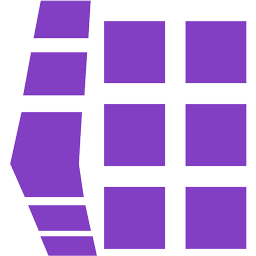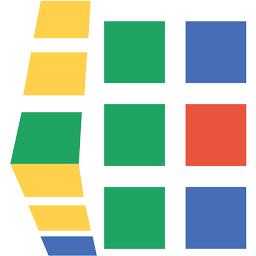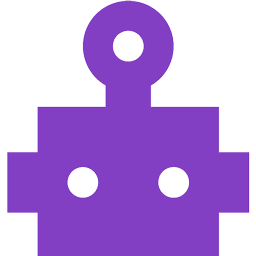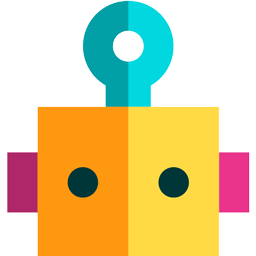Deepening the Dialogue: The Art of Interactive Check-Ins

Interactive check-ins go beyond mere status updates; they foster a dialogue where team members can collaboratively troubleshoot issues, brainstorm solutions, and share knowledge.
This interactive approach not only resolves immediate problems but also builds a knowledge base that can prevent future issues.
Personalization in Check-Ins
Personalizing check-ins involves tailoring conversations to address the specific needs, roles, and preferences of individual team members. This approach ensures that each check-in is relevant, engaging, and productive for all participants.
For Developers: Check-ins could focus on discussing technical challenges, code reviews, or innovation opportunities. For example, a developer might share their progress on a particular feature, seek advice on a technical hurdle, or discuss new tools that could improve their workflow.
For Project Managers: Their check-ins might revolve around resource allocation, project milestones, and team coordination. A project manager could use this time to align on project timelines, discuss any roadblocks to resource availability, or strategize on maintaining project momentum.
For Designers: A designer’s check-in could be centered around creative concepts, user experience discussions, and design iteration feedback. They might present a new design, solicit feedback from the team, or discuss how user feedback is shaping the design process.
For QA Engineers: Quality Assurance (QA) engineers might focus on test planning, issue tracking, and quality metrics. Their check-ins could involve sharing insights from recent testing cycles, highlighting potential quality concerns, or coordinating with developers on bug fixes.
Example of Personalized Check-In: Consider a team where a developer is working on a new feature, a designer is creating the user interface, and a QA engineer is preparing test cases. In a personalized check-in, the developer could discuss their progress and technical challenges, the designer could seek feedback on the UI mockups, and the QA engineer could outline their testing strategy and any support they need.
Encouraging Personal Growth: Beyond project-specific topics, check-ins can be personalized to support individual career goals and professional development. For instance, if a team member is interested in learning about machine learning, the check-in could occasionally include discussions on how they’re progressing with their learning and how it might be applied to their work.
Feedback and Recognition: Personalizing check-ins also means acknowledging individual achievements and addressing specific feedback. Recognizing a team member’s successful completion of a challenging task or their contribution to a team goal during a check-in can boost morale and motivation.
Utilizing Check-Ins for Mentorship and Growth
Regular check-ins can be an excellent opportunity for mentorship, where senior team members can offer guidance and support to juniors. This can be structured as part of the check-in or as a follow-up, fostering a culture of learning and professional development within the team.
The Role of Emotional Intelligence in Check-Ins
Emotional intelligence plays a crucial role in the success of regular check-ins. Facilitators should be attuned to the team’s mood and dynamics, recognizing when to delve deeper into issues or when to provide encouragement. This sensitivity can transform check-ins from routine updates into meaningful engagements that boost morale and team cohesion.
Feedback Loops and Continuous Improvement
Check-ins should be iterative processes that evolve based on feedback from participants. Soliciting feedback on the check-in process itself can reveal insights into how they can be more effective, ensuring that these interactions remain relevant and valuable over time.
Case Studies: Success Stories of Regular Check-Ins
Sharing real-life examples where regular check-ins have led to project success, improved team dynamics, or resolved complex issues can be incredibly motivating. These stories can serve as practical models for teams looking to enhance their check-in processes.
Integrating Horenso with Other Tools
While Horenso is a powerful tool for automating check-ins, it can be integrated with other project management and communication tools to create a comprehensive ecosystem for team interaction. This integration ensures that all relevant information is centralized, making it easier for teams to stay informed and aligned.
Future of Check-Ins: Trends and Innovations
Exploring emerging trends and innovations in team check-ins, such as AI-driven analytics for sentiment analysis or predictive modeling to anticipate project bottlenecks, can provide a glimpse into the future of team communication. These advancements promise to make check-ins more insightful and proactive.
Conclusion
Regular check-ins are more than just administrative necessities; they are vital communication lifelines that can significantly impact a team’s productivity, morale, and success. By embracing best practices, fostering open dialogue, and leveraging innovative tools like Horenso, IT teams can transform their check-ins into dynamic and impactful interactions that drive projects forward and foster a strong team culture. As the landscape of work continues to evolve, so too will the art of the check-in, adapting to meet the needs of tomorrow’s IT professionals.












